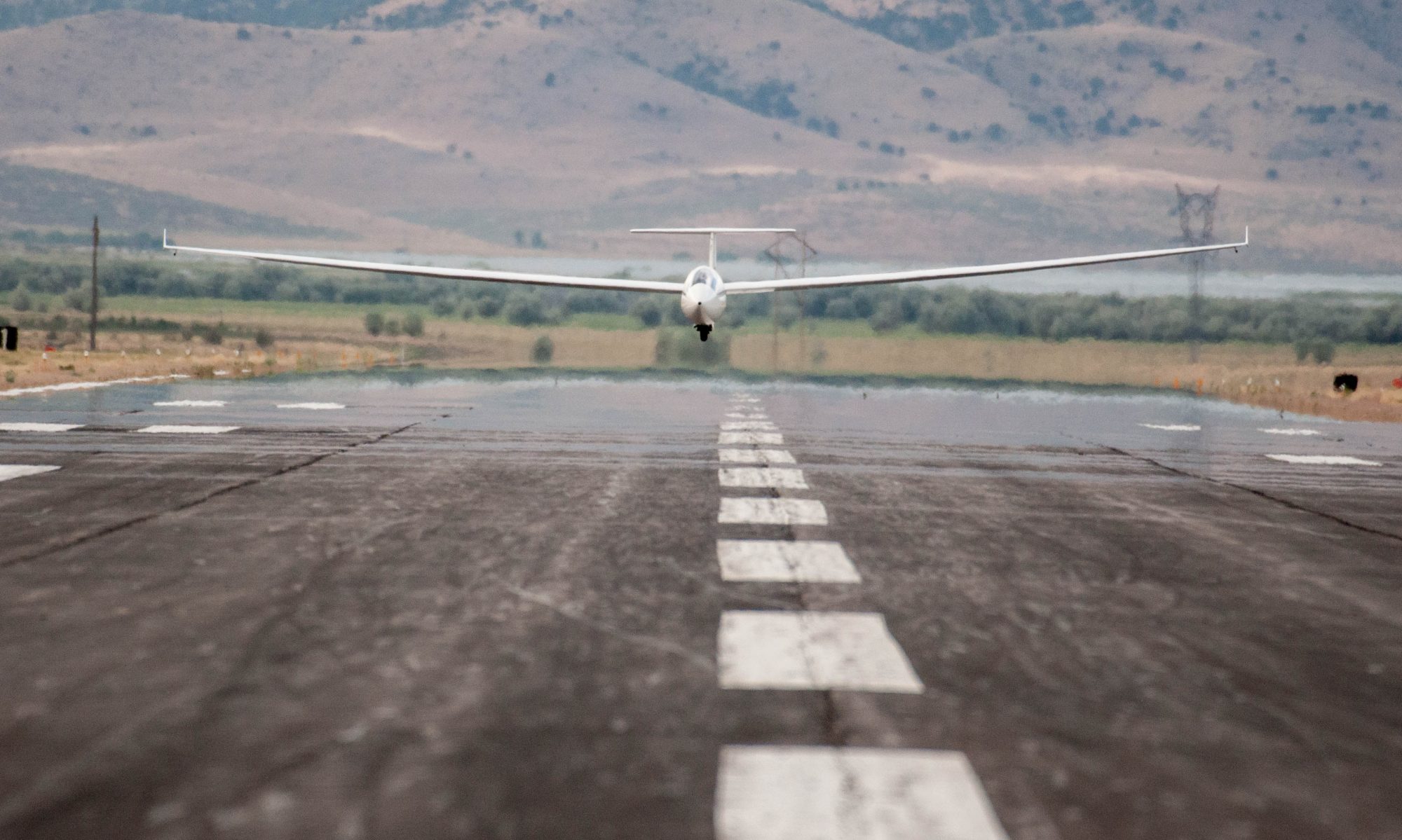In February 2019, AeroClub Albatross hosted a seminar series called “Soaring with the Champions”. Below is the YouTube link to a talk by Doug Jacobs entitled “Decision Making” and a summary of the key takeaways.
“Decision Making” – Doug Jacobs
Those who win more consistently do so because they make better decisions.
- There’s not a huge difference in basic piloting skills among the top pilots
- Hard to out-thermal others
- Everyone flies coordinated
- Ships aren’t all that different
- There are some differences in aggressiveness (risk/reward curve)
- But: decision making under stress – that’s where the difference is
How to make better decisions in a stressful environment?
Training
-
- Basic ship handling skills should be fully automatic
- Train things that are difficult even if you may not need them: e.g. how to fly 16 second circles (i.e. 50-degree bank) in turbulent air at constant pitch attitude (e.g. may be necessary to circle in rotor up into wave)
- Practice gaggle flying
- Know how to use your flight computer
- Good physical shape
- Analyze flights after the fact: what did I do right / wrong; if applicable compare notes with other, get feedback
- Mental preparation for racing – recognize that racing gliders is a very complex and mentally demanding with many decisions to make all the time
- Most of the time there is no clear right or wrong answer; this can add to stress if not prepared for it
Prepare before the task to minimize distractions; and to reduce decision making workload during the flight
-
- Program flight computer
- Know your electronics cold incl. radio frequencies
- Carefully think through the task and make decisions or prepare decision parameters beforehand where possible, e.g.
- Which parts of the task area are likely going to work well / not well / at what time, e.g. consider
- Terrain
- Weather development
- Wind direction
- Sun angle
- Especially for Assigned Area Tasks: think through in advance where you want to go and why
- Plan your start time
- Plan start strategy – you can now start from the back of a cylinder; you can start through the top; lots of variables
- Which parts of the task area are likely going to work well / not well / at what time, e.g. consider
- Ground crew arrangements made
- Be prepared to take care of physiological needs
- Well rested
- No alcohol
- Food and water
- Relief system
- Checklists completed
- Put any past mistakes behind you (i.e. be “a good loser like Rodger Federer”)
- Get into positive mental outlook; be self-confident; avoid excessive emotions (angry, tense, upset pilots don’t do well)
Decision making during the flight
-
- Recognize that there are always short-, medium- and longer-term decisions to be made; make sure to routinely revisit strategic decisions and not get bogged down in short term tactical decisions (or vice versa)
- Recommends 3/30/3/30 process: trying to roll through decisions with different time horizon to not get too focused on short or long term
- Immediate: What to do in next 3 seconds?
- Should I tighten / loosen the bank angle?
- Should I move my circle?
- How do I avoid getting hit by other gliders above/below?
- Should I turn in the lift that I just hit?
- Short term: What to do in next 30 seconds?
- Should I fly faster or slower?
- How high should I take this thermal?
- Should I follow another competitor that just left or go my own way?
- Medium-term: What to do in the next 3 minutes?
- How will I leave this thermal?
- What path to take post thermal – where are the best energy lines?
- Where are the next thermals on course?
- What lift can I expect in next thermal?
- Longer-term: What to do in 30 minutes?
- Are the streets developing?
- How far to go into a cylinder in AAT?
- What’s the next turnpoint I should take in MATS?
- When to turn for final glide?
- How aggressive / conservative should I fly?
- Immediate: What to do in next 3 seconds?
If there’s a distraction – recognize it as such; decide if you need to deal with it of if it’s better to ignore it.

